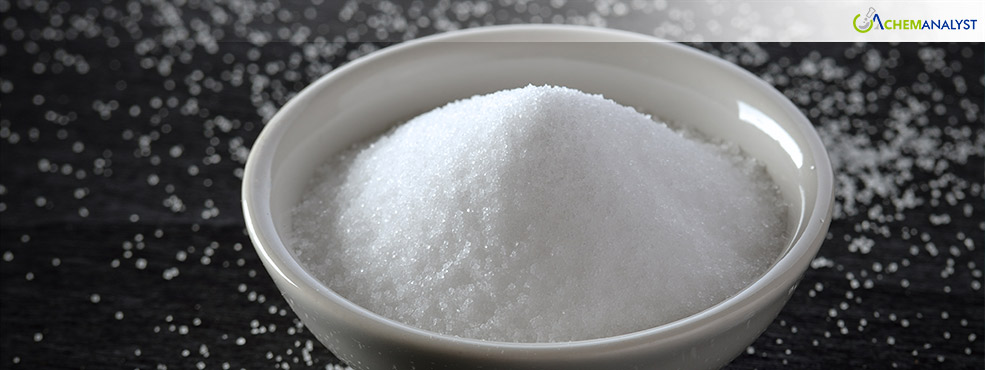Welcome To ChemAnalyst

In the concluding month of 2024, the Tetrapotassium pyrophosphate (TKPP) price trend remained stable in the North American market. TKPP demand remained steady across sectors, with consistent orders from agrochemical manufacturers and strong e-commerce growth, while production in China was impacted by limited supplies and rising energy costs.
The demand for TKPP remained steady, driven by consistent requirements across industries, including the growing U.S. personal care sector. The U.S. personal care sector experienced strong e-commerce growth In November 2024 during the Black Friday period, with online sales surging 14.6% year-over-year, significantly outpacing the modest 0.7% growth in in-store sales. This underscores consumers' increasing preference for online shopping, especially for deals and promotions to support holiday budgets. Personal care products, along with makeup and appliances, were among the top sellers, reflecting robust seasonal demand for TKPP.
Simultaneously, the TKPP orders were consistent from agrochemical manufacturers, driven by its essential role in agriculture and fertilizer production. However, export demand is facing challenges due to weaker harvests in Mexico and reduced wheat production in Brazil, which is dampening demand from key markets. This could potentially affect the global TKPP market in the short term.
Meanwhile, TKPP production rates in key producers and exporters in China remained moderate, influenced by the limited availability of feedstock phosphoric acid supplies. At the same time, cost support for TKPP improved due to rising feedstock phosphoric acid costs, driven by higher energy prices and sustained demand from lithium iron phosphate battery manufacturers. Despite these factors, TKPP supplies from exporters remained stable, although growth in China’s exports was slower than anticipated. Exports to major partners such as the U.S. and the European Union saw an increase during this period.
At the same time, the annual change in the preliminary CPI estimate for December stands at 2.8%, reflecting a four-tenths increase from November. Consumer prices rose by 0.4% in December compared to the previous month. This continuing upward trend in inflation would likely impact TKPP costs across various sectors, including beauty. Additionally, in North America, potential disruptions to the market are expected as President-elect Donald Trump's 25% tariff on all imports, including a 10% tariff on Chinese products, is set to take effect on January, 2025.
This tariff implementation could have significant implications for the global trade of various goods, including TKPP. Furthermore, rising energy prices during the winter months are expected to increase production costs in exporting countries, further driving up the final price of TKPP. Despite these challenges, the TKPP price trend is expected to recover, with a rebound anticipated at the start of the year, driven by rising production costs and evolving market conditions.
In conclusion, TKPP demand remained steady across industries, particularly in the U.S. personal care sector, despite challenges like weaker harvests and rising energy costs. While export demand faces some short-term setbacks, market conditions suggest a potential rebound in TKPP prices early in the year.
We use cookies to deliver the best possible experience on our website. To learn more, visit our Privacy Policy. By continuing to use this site or by closing this box, you consent to our use of cookies. More info.
